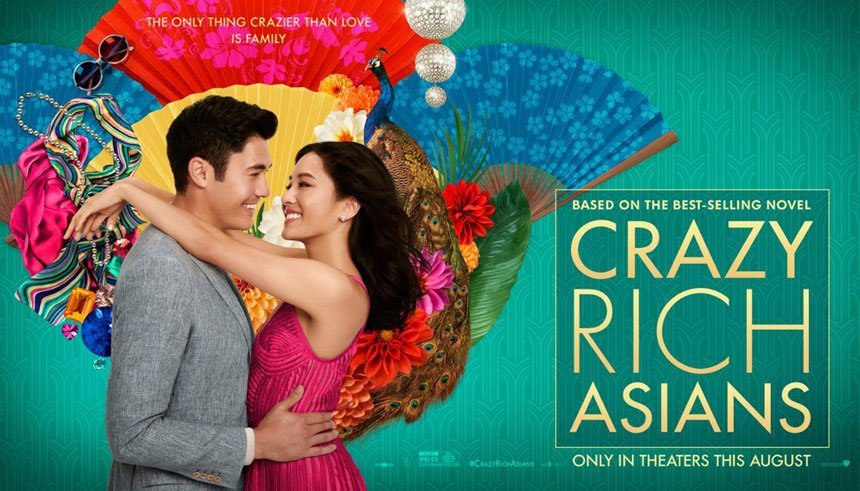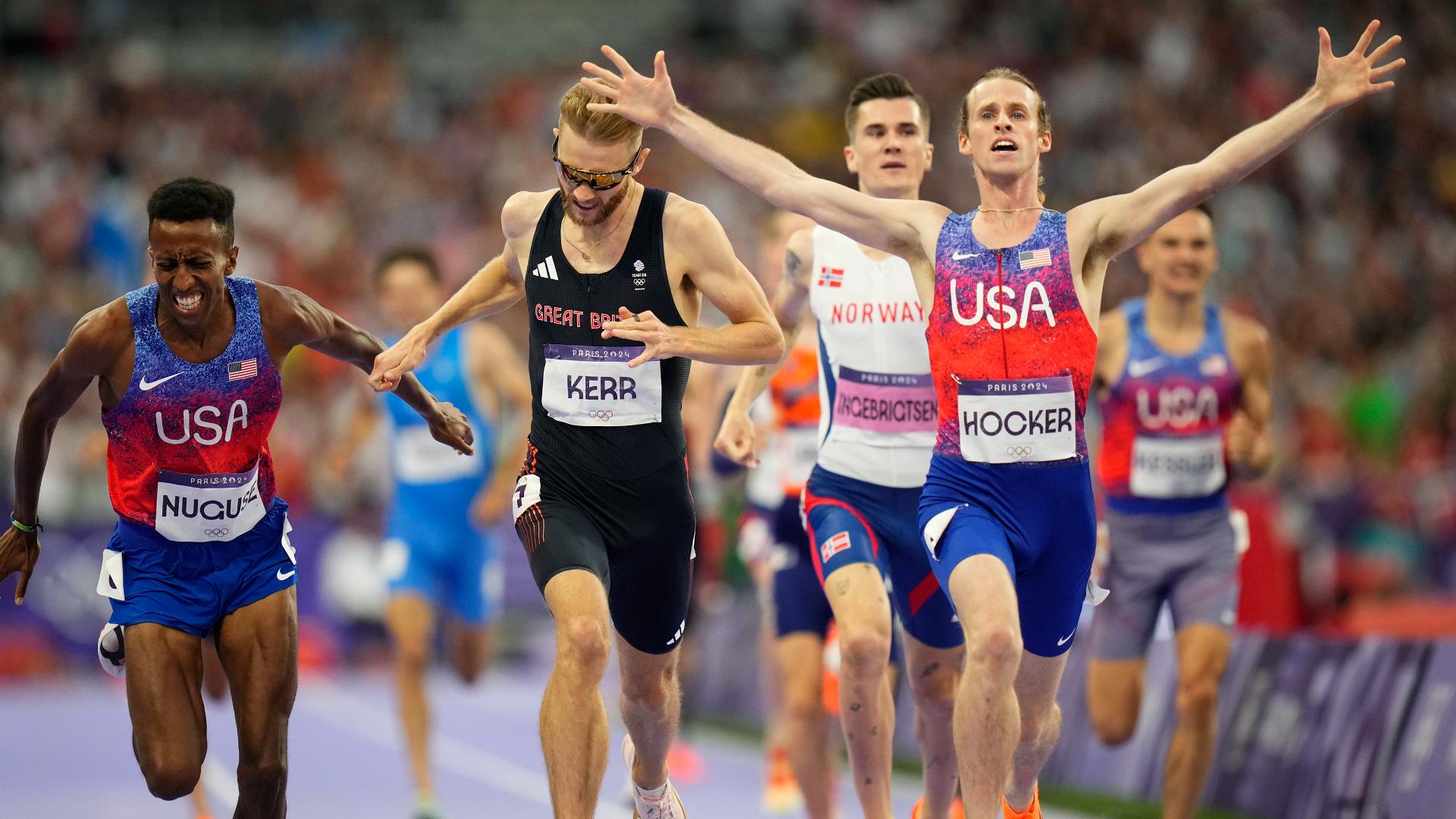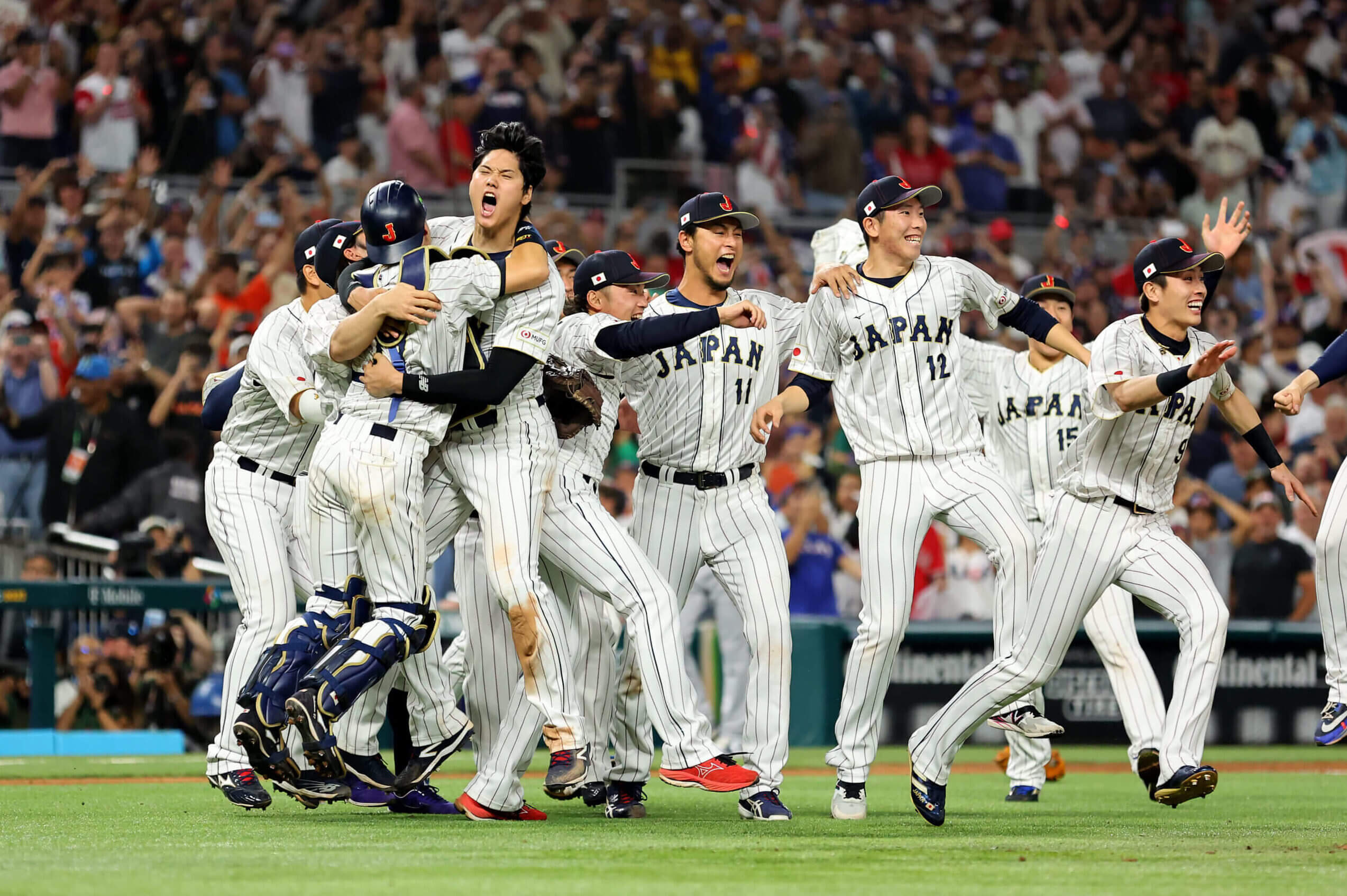Asian And Asian American Representation In Media: A Call For Deeper Storytelling

Table of Contents
The Current State of Asian and Asian American Representation
The underrepresentation and misrepresentation of Asian and Asian Americans in media are deeply intertwined and perpetuate harmful stereotypes. This lack of authentic portrayal extends beyond simple numbers; it impacts how Asian and Asian Americans are perceived both within and outside their communities.
Underrepresentation in Leading Roles
Asian and Asian American actors are consistently relegated to stereotypical supporting roles, rarely securing leading positions in major films and television shows. This lack of opportunity significantly limits the range of stories told and the narratives presented to audiences.
- Examples of stereotypical roles: The "model minority" – the perpetually successful, obedient, and academically gifted individual; the nerdy sidekick – often lacking in social skills and relying on the protagonist for validation; the martial arts expert – reducing complex individuals to a single, often exoticized, skill.
- Statistics: While precise figures vary depending on the study, numerous reports consistently demonstrate a significant gap between the percentage of Asian and Asian American individuals in the population and their representation in leading roles in Hollywood productions. Independent analysis of major film and television releases consistently reveals this disparity.
- Analysis of casting choices: The persistent casting of non-Asian actors in roles that could easily be filled by Asian and Asian American actors perpetuates the idea that these communities are not commercially viable or relatable to wider audiences.
Perpetuation of Harmful Stereotypes
The media's portrayal of Asian and Asian Americans frequently reinforces harmful stereotypes, contributing to real-world discrimination and prejudice. These stereotypes often reduce individuals to one-dimensional representations, ignoring the vast diversity within these communities.
- Examples of harmful stereotypes: The submissive Asian woman, the hyper-masculine and stoic Asian man, the perpetual foreigner who never truly belongs. These tropes contribute to fetishization, exoticization, and a general dehumanization of Asian and Asian American individuals.
- Consequences: These stereotypes contribute to real-world discrimination, microaggressions, and even violence against Asian and Asian American individuals. The media's role in perpetuating these harmful images cannot be overstated.
- Real-world examples: Numerous films and television shows have been criticized for their reliance on outdated and harmful stereotypes, causing significant backlash from viewers and activists alike.
The "Bamboo Ceiling"
Asian and Asian Americans also face systemic barriers within the media industry itself, often preventing their advancement into positions of power and influence. This "bamboo ceiling" mirrors the "glass ceiling" experienced by women, creating an environment where opportunities for advancement are severely limited.
- Lack of opportunities: A significant lack of opportunities for Asian and Asian American directors, writers, and producers severely limits the types of stories that get told and the perspectives that are amplified.
- Unconscious bias: Unconscious bias in hiring processes and within creative decision-making often excludes qualified Asian and Asian American professionals.
- Limited access to funding and resources: Securing funding for projects featuring Asian and Asian American stories remains a significant challenge, creating an unequal playing field for filmmakers.
The Importance of Authentic and Diverse Storytelling
Moving beyond mere representation requires a fundamental shift towards authentic and diverse storytelling. This necessitates showcasing the full spectrum of Asian and Asian American experiences, challenging existing stereotypes, and amplifying underrepresented voices.
Showcasing the Diversity Within Asian and Asian American Communities
The Asian and Asian American community encompasses a vast array of cultures, ethnicities, and experiences. Ignoring this diversity limits the scope of narratives and perpetuates a homogenized and inaccurate portrayal.
- Examples of diverse ethnic groups: Chinese, Indian, Korean, Filipino, Vietnamese, Japanese, and many more, each with unique cultural practices, traditions, and perspectives. These differences need to be reflected in media representations.
- Showcasing varying experiences: Media should highlight the multifaceted experiences of Asian and Asian Americans, ranging from immigrant stories to experiences of those born and raised in the West.
Challenging Stereotypes Through Complex Characters
Creating complex, multi-faceted characters is crucial to challenging existing stereotypes. These characters should possess realistic flaws, motivations, and emotional depths, avoiding tokenism and simplistic portrayals.
- Examples of successful portrayals: While still limited, there are examples of films and television shows that have successfully depicted complex Asian and Asian American characters, demonstrating the potential for impactful storytelling.
- Strategies for creating nuanced characters: Focus on crafting relatable human experiences, avoiding reliance on stereotypes, and exploring the full range of human emotions and motivations.
Amplifying Asian and Asian American Voices
Incorporating Asian and Asian American voices throughout the creative process – from scriptwriting to production – is paramount. This ensures that narratives are authentically represented and that cultural nuances are accurately reflected.
- Examples of successful inclusion: Films and television shows with diverse writing rooms and production teams often demonstrate more authentic and nuanced representations of Asian and Asian American experiences.
- Impact of authentic representation: Audiences are more likely to connect with and engage with stories that reflect their own lived experiences or provide insights into diverse communities.
Moving Forward: Strategies for Improved Representation
Achieving meaningful change requires a multi-pronged approach, including increased funding, inclusive media education, and active audience engagement.
Increased Funding and Opportunities
Greater investment in projects featuring authentic Asian and Asian American stories is crucial. This requires a concerted effort from both the industry and government.
- Initiatives to support filmmakers: Establishing funding programs specifically designed to support Asian and Asian American filmmakers can help level the playing field.
- Strategies for attracting investment: Showcasing the commercial viability of diverse projects and the potential for reaching wider audiences is key to attracting investors.
- Calls for government support: Government policies and initiatives can encourage the creation of inclusive media by incentivizing the production of diverse content.
Promoting Inclusivity in Media Education
Media education and training programs need to incorporate diverse perspectives and actively recruit and support Asian and Asian American talent.
- Incorporating diverse perspectives: Film schools and media programs should integrate diverse narratives and perspectives into their curricula, fostering a more inclusive and equitable learning environment.
- Mentorship and networking: Creating opportunities for mentorship and networking for Asian and Asian American students and professionals is essential to their professional development.
Audience Engagement and Advocacy
Audiences play a vital role in demanding better representation. Active engagement and support for projects that prioritize inclusivity can drive meaningful change.
- Social media campaigns: Social media can be leveraged to amplify voices, raise awareness, and organize collective action.
- Boycotts of films with harmful stereotypes: Consumer power can be used to send a clear message to the industry about the need for authentic representation.
- Supporting independent media: Supporting independent films and television shows that prioritize diverse storytelling helps create a more equitable media landscape.
Conclusion
The underrepresentation and misrepresentation of Asian and Asian Americans in media are longstanding issues with significant real-world consequences. Authentic and diverse storytelling is not just a matter of inclusivity; it is a necessity for creating a more accurate and representative reflection of our society. We need to move beyond tokenism and simplistic portrayals, embracing complex narratives and amplifying diverse voices. Let's work together to demand better Asian and Asian American representation in media, supporting films and shows that prioritize authentic storytelling and celebrating the diversity of our communities. Improving Asian and Asian American representation in media requires a collective effort, and only through sustained advocacy and engagement can we achieve meaningful and lasting change.

Featured Posts
-
 The Untold Story Of Prince Andrews Explosive Behavior Palace Staff Testimony
May 11, 2025
The Untold Story Of Prince Andrews Explosive Behavior Palace Staff Testimony
May 11, 2025 -
 Michael Johnsons Grand Slam Track Meet A Look At The Speed Stars And Prize Money
May 11, 2025
Michael Johnsons Grand Slam Track Meet A Look At The Speed Stars And Prize Money
May 11, 2025 -
 To Netflix Jay Kelly Kloynei Santler Kai I Limni Ton Oskar
May 11, 2025
To Netflix Jay Kelly Kloynei Santler Kai I Limni Ton Oskar
May 11, 2025 -
 New Indy Car Documentary Coming To Fox On May 18
May 11, 2025
New Indy Car Documentary Coming To Fox On May 18
May 11, 2025 -
 2026 World Baseball Classic Aaron Judges Potential Involvement
May 11, 2025
2026 World Baseball Classic Aaron Judges Potential Involvement
May 11, 2025
